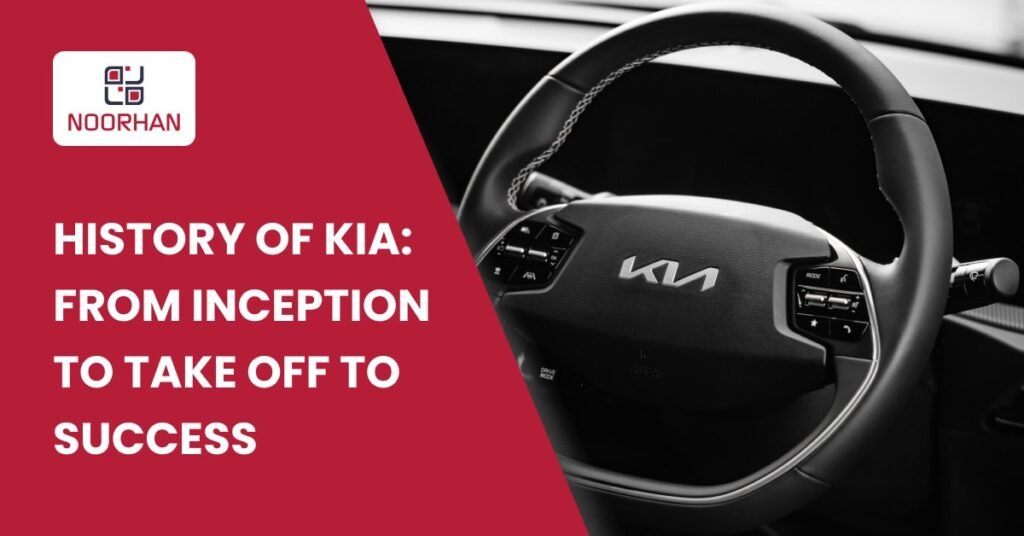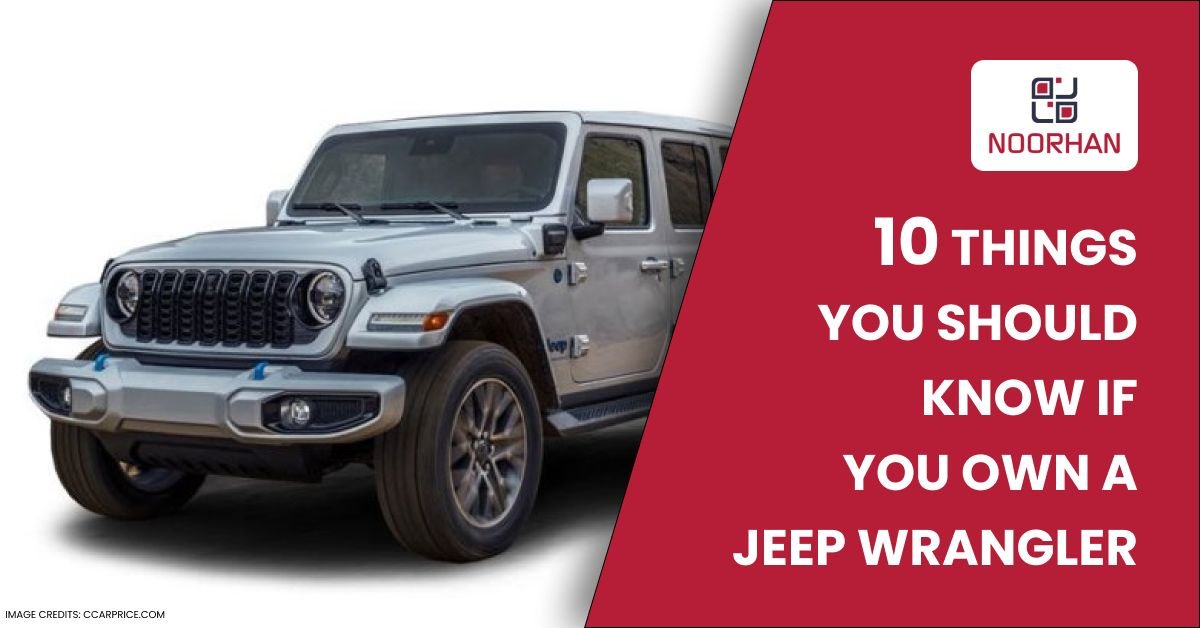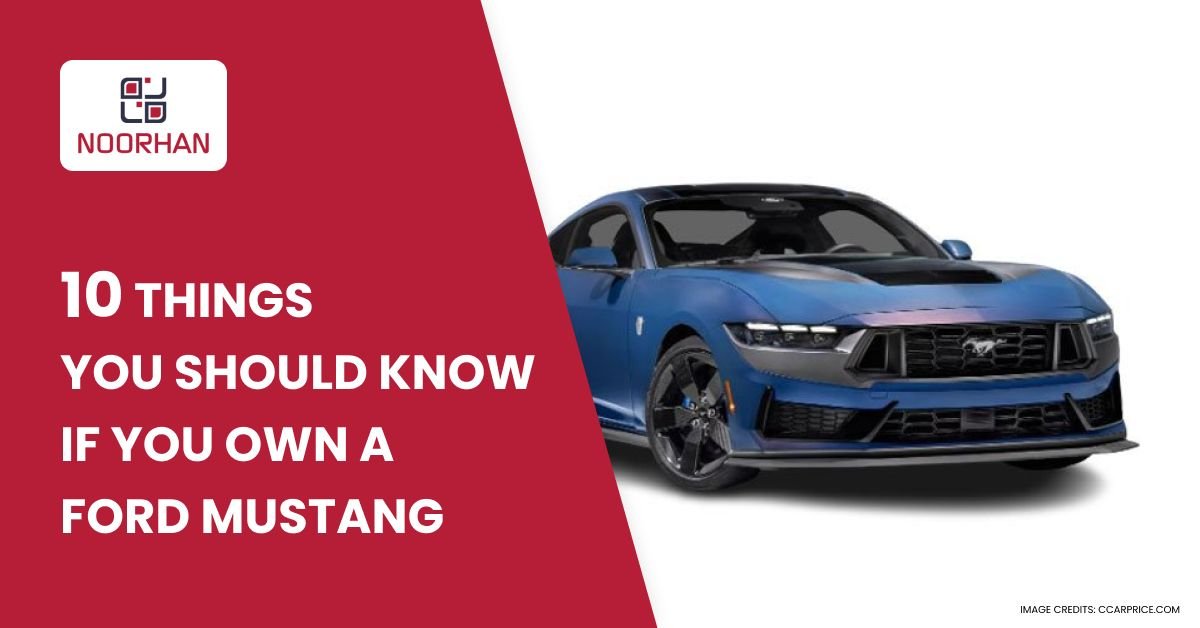Kia History: From Inception to Take Off to Success
The second-biggest automaker in South Korea, KIA Motors, is renowned for producing a variety of reasonably priced, well-built automobiles. The business has developed into a well-known worldwide brand throughout time, having a big influence on the auto sector.
This blog delves into the past of KIA Motors, tracing the company’s modest beginnings and rise to become a globally recognized automobile manufacturer.
The Founder’s Vision and the Birth of Kia
Kim Chul Ho was born in Korea in 1905. Little Kim came to Japan as an aspirational youngster seeking better chances, and he was employed in the steel industry there. With the technical expertise he gained from this work, he launched a company in Osaka, Japan, producing bolts and nuts for bicycle riders.
Kim returned to Korea, his birthplace, in 1944 and founded Kyungsung Precision Industry. a manufacturer of steel tubing and bicycle parts. After nine years, the business became known as Kia Motors.
Sadly, Mr. Kim passed away in 1973 before the launch of the Kia Brisa small car lineup.
What is the Meaning of KIA?
The term Kia does not refer to any other abbreviation or the company’s previous name, Kyungsung Precision Industry. Rather, the name expresses the founder’s vision and desire to create something unique from his region that will have an impact on the world: a sense of patriotism.
The name is derived from the Sino-Korean terms “Ki” (meaning to come out) and “A” (stands for Asia), according to the oldest automobile manufacturer in South Korea. The name Kia translates as “to rise out of Asia” or “to come out of Asia.
The Challenge
In 1957, Kia Industries grew its business and began producing compact motorcycles with a Honda license. This business was involved in truck maintenance under a Mazda license in 1962. After establishing their first automotive production plant in 1973, they continued to manufacture cars in 1974.
Up until 1981, the Sohari Plant was mostly used to make tiny Brisa cars. Operations gradually came to an end when the then-military dictator, Chun Doo-hwan, mandated the consolidation of the industry. Kia stopped producing passenger cars during this phase and began focusing only on the development of light trucks.
About 95,000 Kia cars were produced in 1985, but that figure fell to just 26 when the company started to shut down a year later. Through its partnership with Ford, the company successfully re-entered the fiercely competitive automotive sector.
Together, the two automotive behemoths produced several Mazda cars intended for export as well as South Korean markets. Among their inventions were the Mazda 121, the Avella, and the Kia Pride.
Kia's Entry into the Global Market and Bankruptcy
In 1992, Kia Motors made its debut in the US market. The first four dealerships in Portland, Oregon distributed their initial fleet of automobiles. They carefully worked their way into the market, concentrating on one niche at a time. Dealerships started off selling the Sephia before branching out to include the Sportage. In 1995, Kia sold 24,740 cars through more than 100 dealerships spread over 30 states in the US.
Due to challenging economic conditions exacerbated by the Asian currency crisis of that year, Kia declared bankruptcy in 1997 with billions of dollars in debt. The business was being pursued by Samsung, a Korean electronics behemoth, with assistance allegedly from Ford, who was at the time Kia’s biggest shareholder and was thought to be the front-runner to acquire Kia. But, Hyundai, a different anticipated bidder, took over in late 1998. A year later, Hyundai and Kia came to an agreement wherein Hyundai acquired a 51 per cent share in Kia.
Near the end of 2006, Kia Motors America broke ground on a $1 billion manufacturing facility in West Point, Georgia. Early in 2010, the plant opened its doors following the automaker’s 15th year of continuous expansion throughout the United States.
However, Kia gained international recognition in 2014 when Pope Francis was seen driving a Kia Soul, a small automobile. The manufacturer sold 3.3 million cars worldwide in 2015, and it currently produces a minivan in addition to a range of sedans, SUVs, and hybrid cars.
Innovation and Revival
Rebranding and Revival
Kia used to be associated with cheap or rental cars. However, it’s all love for Kia now. Rebuilding the brand required some time. They looked into the quality, features, content, style, and dependability that consumers desire. Starting with a 100,000-mile powertrain warranty, Kia and Hyundai were both covered. It’s because consumers still lack faith in the brand. A car that has been driven 100,000 miles, which takes an average human 7-8 years to complete, instilled a great deal of confidence in individuals.
The New Design of Kia
KIA Motors has a solid track record of manufacturing a broad selection of high-end, large cars. But in 2006, KIA Motors decided to concentrate on core design, which is the growth engine’s fundamental future. To facilitate this transition, KIA Motors named Peter Schreyer, a designer for Audi and Volkswagen, and Tom Kearns, a designer for Cadillac, as Chief Design Officers. The duo has since altered and redesigned KIA’s whole collection.
Albert Biermann was appointed President of Hyundai Motor Corporation, the parent corporation of both Hyundai and Kia. He was the previous leader of BMW’s M Performance Division. He was in charge of engineering R&D. He made their autos better. High-performing vehicles like the Hyundai Veloster N and the Kia Stinger were developed with his assistance.
Adopting Sustainable Technologies
KIA Motors has consistently dedicated itself to the advancement of eco-friendly technologies and sustainable mobility. The business debuted its first electric vehicle (EV) in mass production, the KIA Soul, in the South Korean market in 2009. With this, KIA entered the quickly expanding EV industry. The company’s later 2011 introduction of the KIA Optima Hybrid marked a significant turning point in its initiatives to lower CO2 emissions and advance environmentally friendly transportation. Since then, KIA has been increasing the number of hybrid, plug-in hybrid, and all-electric cars in its lineup. Models like the KIA EV6 and Niro have become well-known worldwide.
The Story of Kia's Logo: A Trip Through Time
Since its inception in 1944, Kia has experienced quite the journey. Six times they altered their logo, and each time it seemed to be saying, “Hey, world, look at us!”
1953-1964
When Kia was a bicycle and parts manufacturer, their emblem was a fancy gear encircled by three diamonds. Another diamond held the name of the company. Unlike most logos nowadays, it was stylish and hip. Even though it might seem a bit complicated now, it was a big deal back then. They used only one colour to make it look important and professional.
1964–1986
When Kia began manufacturing automobiles in 1964, they sought a distinctive emblem. They targeted a vivid green circle with a line that resembled an inverted “Q.” It was funky and demonstrated Kia’s commitment to doing things uniquely. “We’re not afraid to be different and try new things!” this logo declared.
1986 — 1994
Kia altered the design of their logo in 1986 by placing the wordmark back at the centre. The visual identity of the brand was restarted with this change. The corporate name was stylized and created using a unique typeface that radiated strength and aggressiveness for the logo. The upper bar of the letter “K” was changed by the designers to a curved line that resembled a flag flying gently to provide a little dynamism. This creative decision gave the logo a faint undertone of movement and vitality, which increased its allure. By adopting this updated logo, Kia left a lasting impression on its audience and proved its dedication to a new era.
1994 — 2012
The foundation of the present KIA logo was created in the 1990s. a wordmark inside an oval that is positioned horizontally. The official colour scheme of the brand new is red and white, where red symbolizes the company’s ardour and vitality and white for loyalty and purity.
2012 — Today
The most recent iteration features the Kia emblem, which alternates between a striking red and a sleek black colour, as you may have observed. The Kia brand identity is given a youthful, lively, and futuristic feel with this modern style. Fear not—the business uses a wordmark as its main visual identity, albeit with a contemporary twist.
The new logo is especially appealing because of the way the letters “KIA” combine to create a unique and creative shape. They’ve united to form an incredibly singular visual experience.
Conclusion
These days, KIA Motors sponsors a wide range of sports and events. The following organizations are involved: FIFA, UEFA, National Basket Ball Association, Asian Games, FIFA World Cup, Korea Speed Festival, X Games Asia, Atlanta Falcons, KIA Tigers, Philippines National Football Team, England Women’s Cricket Team, and others. athletes like Blake Griffin, Fernando Gonzalez, and Ryan Ford, to mention a few. In addition, it has supported many celebrities, including Laurence Fishburne, Christopher Walken, and Pierce Brosnan.



























































